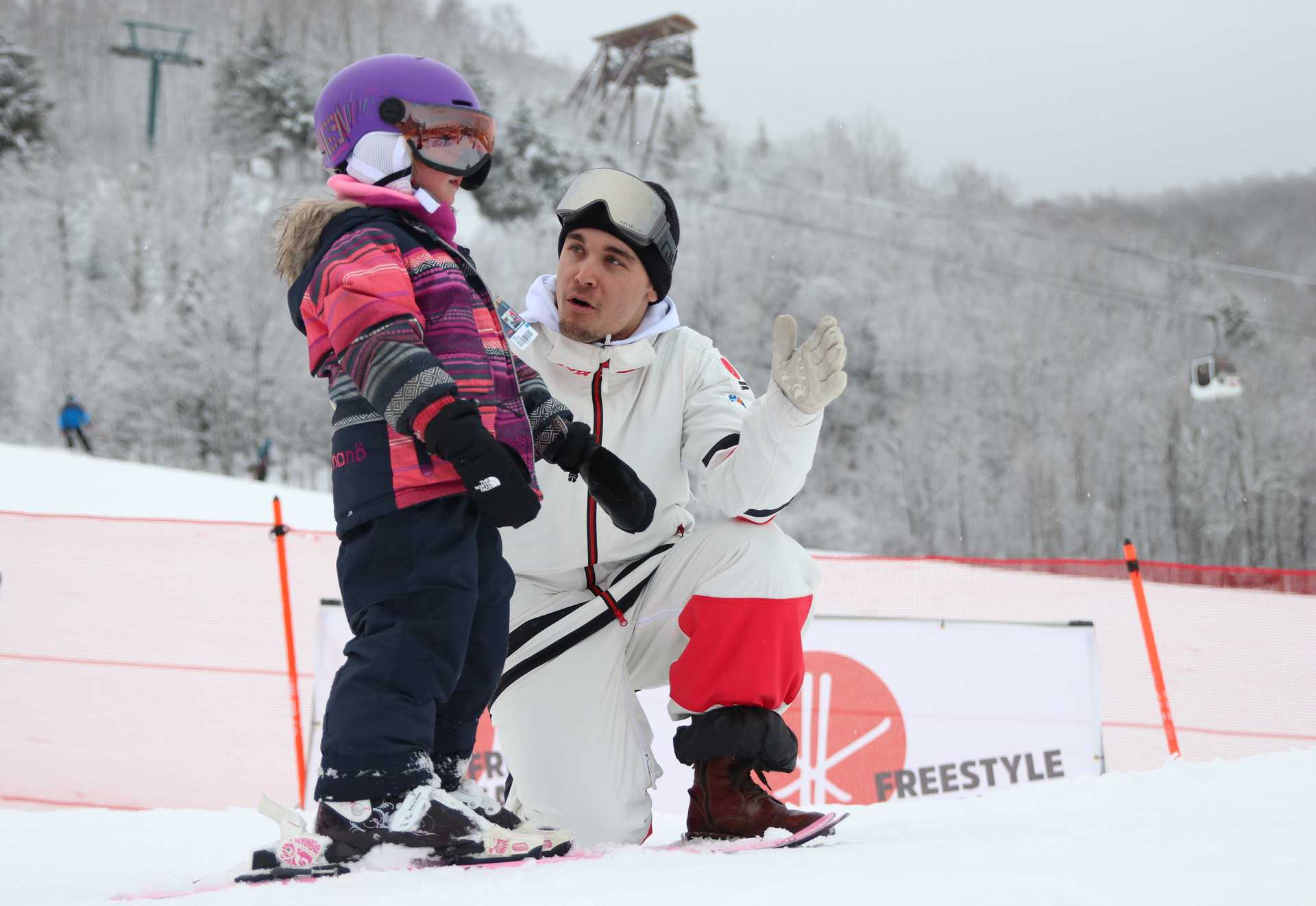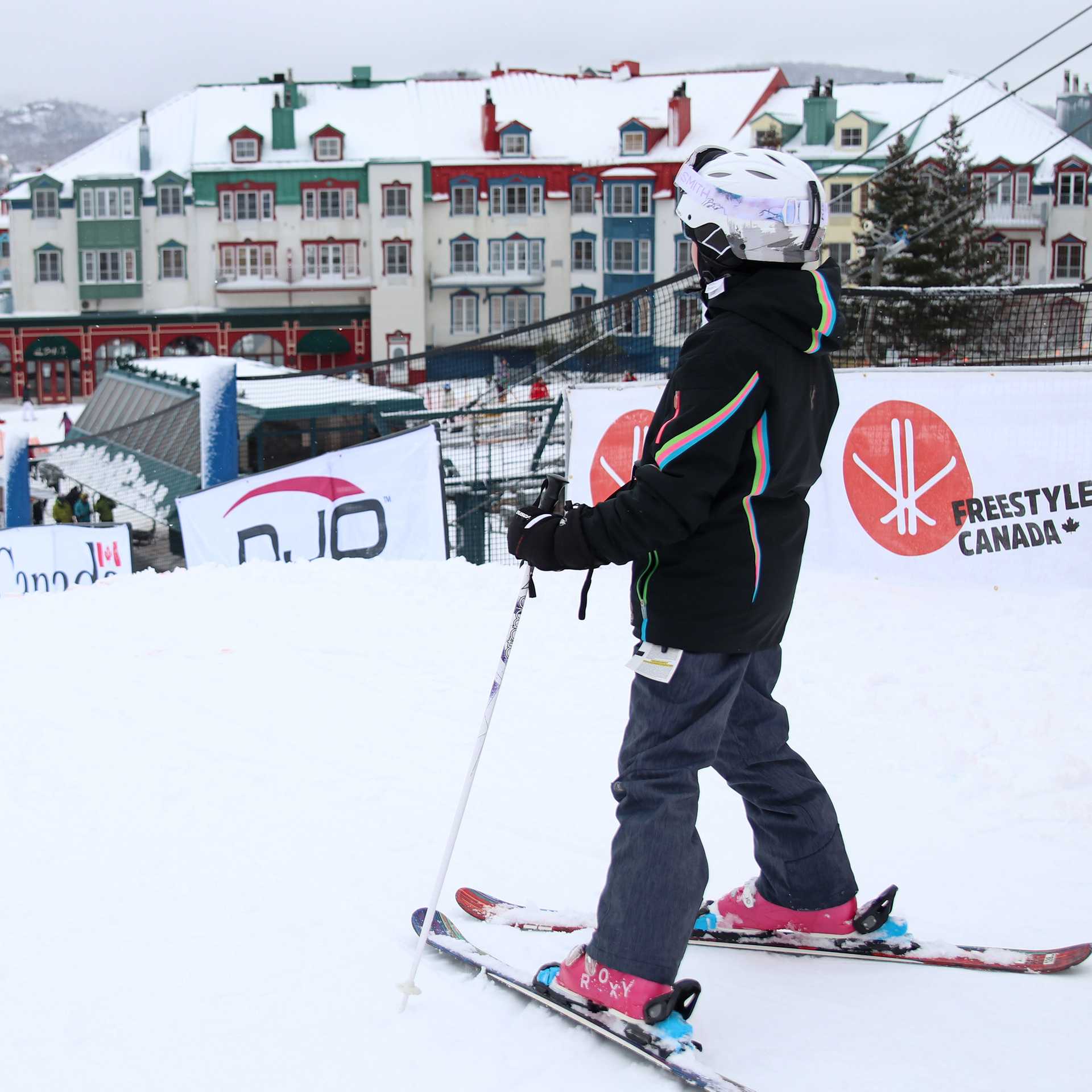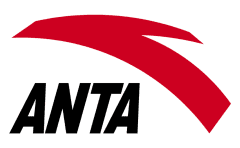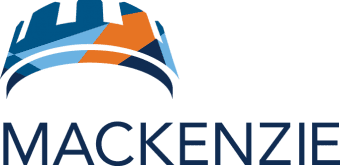Goals
- This is the stage for specialization in sport.
- Athletes are generally at the provincial team or the NextGen national team level.
- Athletes enter the Podium Pathway based on performance demonstrating their acquisition and development of skills (refer to Gold Medal Profile or Athlete Development Matrix).
Key points
- Girls: Usually 16 years old + / Boys: Usually 17 years old +
- Part of The Podium Pathway (developing high performance athletes capable of winning at the highest levels of international competition and bringing home medals from Olympic Games or World Championships), this stage stands for these outstanding athletes who have a serious chance of being on the national team.
- Athletes enter this stage based on individual commitment, volume and intensity of training, and performance results.
- The Podium Pathway is:
- A concept used by all Canadian organizations committed to high performance sport.
- A component of an NSO’s Long-Term Athlete Development framework that specifically addresses identification and development of podium potential athletes.
- Integral to guiding key foundational skills in physical literacy stages.
- An approach to targeted excellence that identifies an enhanced daily training and competition environment needed to achieve podium performances.
- An evidence-based approach to determining and defining critical performance components and standards for achieving podium-level results.
- A development and implementation process shared by NSO high performance and development staff along with provincial/territorial sport organization leaders.

Athlete Skills
At this stage, athletes participate in year-round, high-intensity, individual discipline specific training with specialized coaching in a dedicated training environment. The focus on maintaining a good technical acrobatic and skiing foundation is still a required component of the training program.
Physical
- Some athletes entering this stage may still be experiencing their peak height velocity (PHV). It’s important to ensure that they have past their PHV before starting to develop strength and power.
- Work with the athlete on:
- Power (Speed-Strength):
- Plyometrics, explosive exercises
- Formalized Olympic weightlifting movement
- Aerobic and anaerobic training:
- High intensity interval training
- Sport specific strength, speed, agility, quickness, balance, coordination, and flexibility
- Functional Assessments and fitness testing (Wingate, Incremental Lactate, Body Composition) to develop individual correctives plan.
- Power (Speed-Strength):
- The warm-up (activation) can be a lower intensity version of the workout or it can contain individual-specific movement. It should always involve the muscles that are about to be use.
Aerials
Gold Medal Profile
- Skiing:
- Ski all over the mountain with confidence
- Ski at high speeds in control
- Ski a mogul run with confidence
- Floor skills:
- The work on floor skills is still useful for the body tightness and refine the technical part of the extension and the landing.
- Trampoline:
- Focus on:
- Strong take off
- Creating rotation from the feet
- Good vision
- Perfecting the body line
- Efficiency of twist timing
- Work on progression towards:
- Rudi-out, Lay-Lay, Lay-Full, Full-Tuck
- Connection of single and double
- Use the bungee to push the degree of difficulty toward triples.
- Focus on:
- Water ramps:
- Girls:
- Lay-Lay, Lay-Full, Full-Full, Lay-dFull, Full-dFull, dFull-Full
- Boys:
- Lay-dFull, Full-dFull, dFull-Full
- Lay-Tuck-Full, Lay-Full-Full, Full-Full-Full, Full-dFull-Full
- Girls:
- Snow :
- Girls:
- Lay-Tuck, Lay-Lay, Lay-Full, Full-Full
- Boys:
- Full-Full, Full-dFull, dFull-Full, Lay-Tuck-Full, Lay-Full-Full, Full-Full-Full
- Girls:
Halfpipe
Gold Medal Profile
- Pipe skiing:
- Effective line in the pipe
- Keep perfecting edging and carving
- Strong pumping acceleration
- Parallel switch skiing looking over both shoulders
- Floor skills:
- The work on floor skills is still useful for the body tightness and refine the technical part of the extension and the landing.
- Trampoline:
- Should be able to do all the single tricks in both directions
- Girls:
- Progression for doubles
- All 4 ways Cork 9
- Boys:
- Start triple progression
- Doubles all ways
- Triple cork 14, triple flat 10+, switch triple rodeo 10+
- Air:
- Girls:
- High transition landings
- Maximize the amplitude
- 360° and 540° both directions
- All 4 ways of switch spin 180° or greater
- Right and left down the pipe and alleyoop 720
- Boys:
- Switch the off and landing
- Maximize the amplitude
- Spin both way cork 1080°
- Flat 360° and 540°
- Switch cork 7
- Double flare, double cork
- Girls:
- *Keep training pumping skills with in-line skate and/or roller skis.
Moguls
Athlete Development Matrix
Gold Medal Profile
- Skiing skills:
- Adapt to the different mogul line
- Develop multiple methods of speed control
- Speed : 8,2m/sec for girls; 9,7m/sec for boys
- Trampoline:
- Work on trampoline accordingly to the athlete individual plan.
- Combine multiple skills into small routines
- Keep improving lifting and take off technique.
- Girls:
- Barani, Rudi, 1 1/4 front
- Back full, 1 1/4 back
- Cork 7
- Boys:
- Randi, Barani-out
- Back full, Cork 7 with grabs, Cork 10, Back double full, Basic doubles
- Water ramp/Air bag:
- Girls:
- 360° with grabs/positions
- Back lay & grabs, Cork 7 or Back full
- Boys:
- Train all twisting inverted and off-axis up to one full twist
- Introduce inverted double twist
- Back full, Cork 7 with grabs, Cork 10, Back double full
- Girls:
- Jumps:
- Take-offs should be consistent and landings should be strong.
- Girls:
- Back (t, p, l) & grabs
- Boys:
- Back full, Cork 7 with grabs, Cork 10 or back double full
- Tactical:
- Introduction to competition tactics in moguls
Slopestyle & Big Air
Gold Medal Profile
- Skiing:
- Use shark fin and ski pipe
- Carving off jump and pipe
- Speed control techniques: scrubbing, using pressure through edging
- Parallel switch skiing looking ove both shoulders
- Driving knee/ankles in turn.
- Trampoline:
- Girls:
- Progressions for doubles
- All singles in both directions
- All 4 ways Cork 10
- Double back, dub misty
- Boys:
- Basic doubles both directions
- Dub misty 10, 12
- Dub cork 12,14
- Progression for triples
- Girls:
- Jumps:
- Girls:
- Cork 9, Rodeo 5, Misty 5, Cork 7
- All 4 ways 540° with 3 different grabs
- All 7’s with 3 grabs
- Ready to take the big jump
- Boys:
- All 4 ways off-axis single 1o
- 4 ways doubles (9, 10, 12, 14)
- One 16
- 4 different grabs
- Girls:
- Features:
- Girls:
- All 8 ways on, all 2 ways off
- F/B 450° off
- All 8 ways on, switch 270° on
- Boys:
- Cork 8 out
- 630° on and off
- All 8 ways 270° on
- Nose butter 450°on
- 4 different 4 on
- Girls:
- Tactical:
- Seed management awareness to adapt to different courses and variety of jumps and snow conditions.
- Course management. Proper speed to support flow of run. Strategize the features in a course.
Psychological
- Athlete start to analyze his/her error and try a different tactic without a significant amount of feedback.
- Strengthen ethical approach to sport including respect for opponents, fair play, and commitment to doping-free sport.
- Essential mental skills developed in this stage include pre-competition and competition planning, stress management, arousal and distraction control, focus, imagery, and post-competition evaluation.
- Work with the coach to develop a competitive routine that gets the athlete ready to compete.
- Focus on the process and all the variables you can control before a competition.
- Continue to use focusing, positive self-talk, imagery, relaxation, and activation strategies at the appropriate times for you.
Training Structure
YTP example
- At this stage, athletes are usually training with a provincial team or a NextGen team.
- Training programs are:
- Evidence-based built on testing to maximize the development.
- Periodized yearly.
- Individualized in terms of the athlete’s strengths and weaknesses in technical, tactical and physical aspects.
- 60% of athlete’s available time is devoting to the development of technical and tactical skills and improving fitness.
- Athletes are starting to work with some expert staff from the Sport institute
Coaches
- Coaches need those following coaches’ courses:
- Competition Development in the specific discipline.
- ACD is also an available course.
- Requires specialized coaching in a specialized training environment.
- Coaches should start surrounding themselves with other professional:
- Strength and conditioning specialist
- Mental trainer
- Physio, masso
- Nutritionist
Terrains
Events & Competitions
- Athletes should participate to approximately 2 to 4 national competitions and 2 to 4 FIS NorAm events as well as the JR World championships.
- By the end of this stage, some athletes could have some starts at domestic World Cup events as the entered the Gold Medal Pathway.
- Test tactics and practice in competition.
- Coaches and athletes should refine competition plans and develop competitive routine.
- Learn to perform under a variety of competitive conditions.
Judges and officials
- For the Canada Cup, NorAm and JR Worlds, judges will need a license B for MO and AE and AFP silver for SS, BA and HP.
- Officials have their FIS license.
- Development of technical delegates at the national level.
- Domestic NorAm are organized by a strong organizing committee in partnership with Freestyle Canada.
- National events are organized by clubs that are part of Freestyle Canada.
Other Influences
To come






